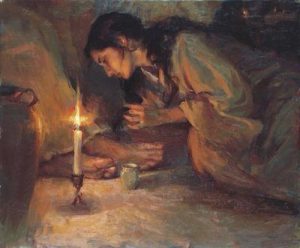 Each year when the Feast of St Mary Magdalene comes around, I remember certain people, and not just those named Magdalene.
Each year when the Feast of St Mary Magdalene comes around, I remember certain people, and not just those named Magdalene.
I remember, for example, a certain priest and his mother.
On a hot Roman summer evening in 1989, on the feast of Mary Magdalene, I sat in the courtyard of a medieval palazzo in Trastevere where I was living before seminary started up in October. The director of a community of young Italian men, don Antonio, and I were chatting among the great pots of lemon trees in a mix of Latin, mostly, and Italian which I was learning by immersion. With his cuffs unfettered and cassock sleeves rolled up – something I had never seen and which struck me – he remarked that it was the anniversary of his mother’s death. Her name, too, was Maddalena. I’ve ever after prayed for her on this day. And I pray for him now, too, who has joined her. He was kind to me. I remember kindness.
One should pray for the mothers of priests, you know, even if you never meet them. Please pray for my mother.
Anyway, that was near the beginning of my long Roman time, after the horrors and scars inflicted in my US seminary. It was a period of healing. I started working in the Curia, served Mass inside the Benedictine cloister of S. Cecilia, found a seminary and bishop, got lost countless times learning the sampetrini of the City, and picked up a lot of less than acceptable Romanaccio. I don’t get lost there anymore, I can tell you, and I know even more Romanaccio now.
I also, on this day, remember a certain kind of French cookie called madeleines, made famous by their ubiquity, goodness and Proust.
In Patricia Bunning Stevens’ work Rare Bits: Unusual Origins of Popular Recipes , [Ohio University Press:Athens] 1998 (p. 178) we read:
“In culinary lore, Madeleines are always associated with Marcel Proust, whose autobiographical novel, Remembrance of Things Past, begins as his mother
serves him tea and “those short, plump little cakes called petits Madeleines, which look as though they had been molded in the fluted scallop of a pilgrim’s shell.” The narrator dips a corner of a little cake into the tea and then is overwhelmed by memories; he realizes that the Madeleines bore “in the tiny and almost impalpable drop of their essence, the vast structure of recollection.” …But Madeleines had existed long before Proust’s boyhood. Numerous stories, none very convincing, attribute their invention to a host of different pastry cooks, each of whom supposedly named them for some particular young woman. Only three things are known for sure. One is that Madeleine is a French form of Magdalen (Mary Magdalen, a disciple of Jesus, is mentioned in all four gospels). Another is that Madeleines are always associated with the little French town of Commercy, whose bakers were said to have once, long ago, paid a “very large sum” for the recipe and sold the little cakes packed in oval boxes as a specialty in the area. Finally, it is known that nuns in eighteenth-century France frequently supported themselves and their schools by making and selling a particular sweet…Commercy once had a convent dedicated to St. Mary Magdalen, and the nuns, probably when all the convents and monasteries of France were abolished during the French Revolution, sold their recipe to the bakers for an amount that grew larger with each telling.”
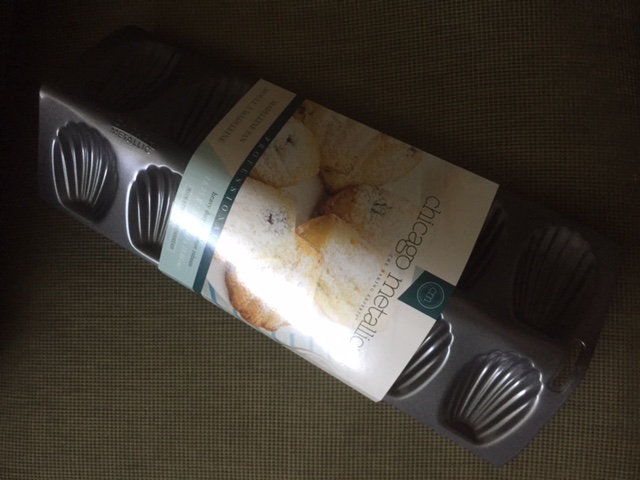 Last year one of you dear readers, MA, sent a madeleine pan from my main wish list. It inexplicably arrived as bent as a Jesuit’s logic. I called amazon and they sent out another right away. Meanwhile, with care, the other pan got straightened out- much like Magdalene herself. Now I have two.
Last year one of you dear readers, MA, sent a madeleine pan from my main wish list. It inexplicably arrived as bent as a Jesuit’s logic. I called amazon and they sent out another right away. Meanwhile, with care, the other pan got straightened out- much like Magdalene herself. Now I have two.
I determined to make madeleines!
Caveat: I am not what one – anyone – would call a good baker.
I found a recipe and began. I had everything I need to hand.
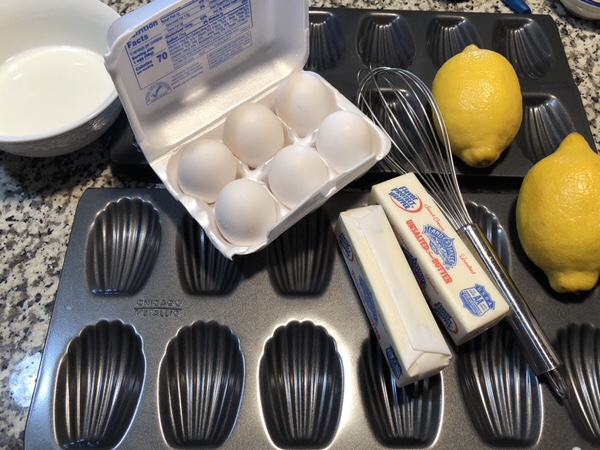
The recipe stressed buttering the pans and then chilling them.
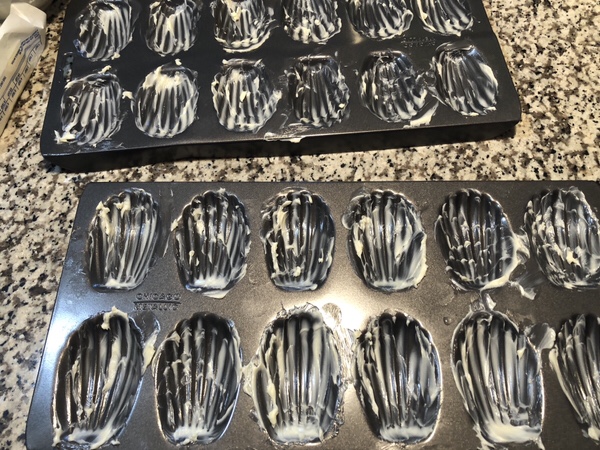
One of the peculiar flavors I’ve always picked up in these cookies is lemon. I don’t have any from that Roman courtyard, but I have their essence in my memory.
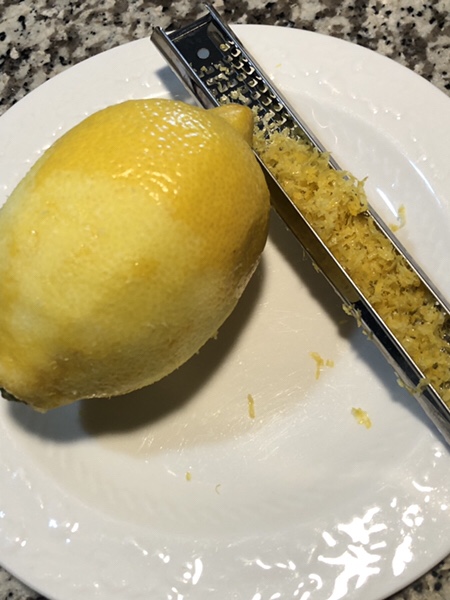
Do NOT confuse baking powder and baking soda. This is baking powder.
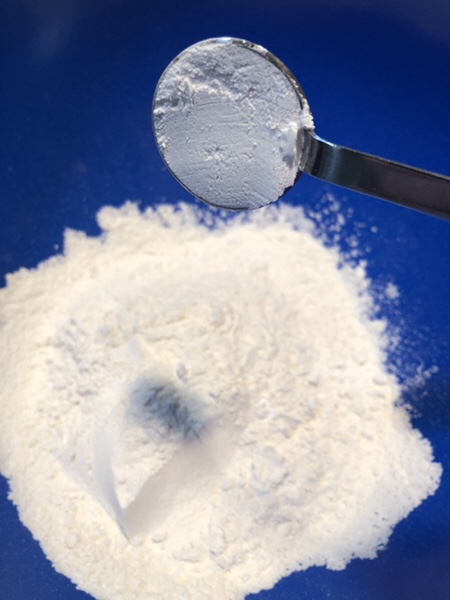
Combining milk, lemon juice, zest, sugar, powder.
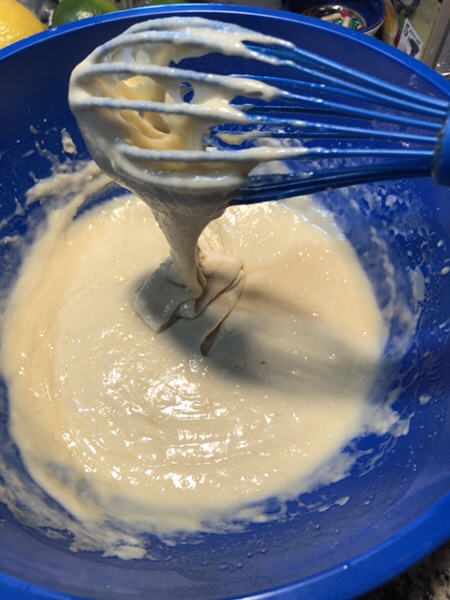
I may have filled the like shells too full.
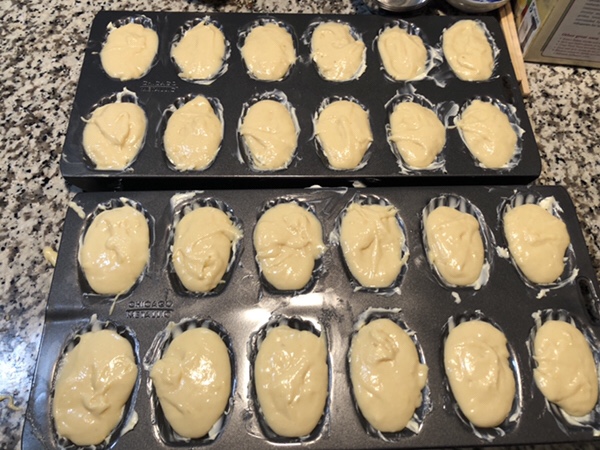
With the characteristic reverse dimple I’ve seen before.
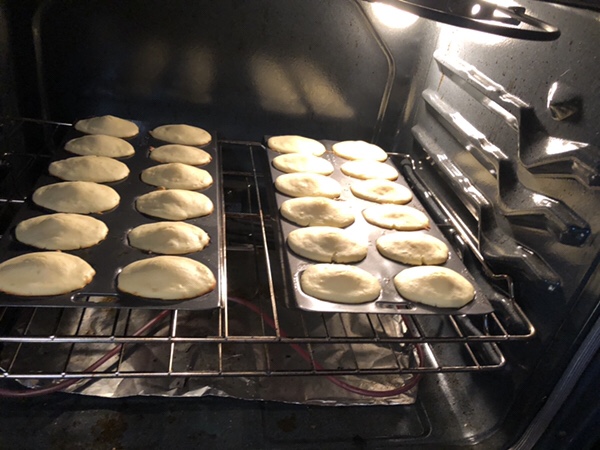
The oven was, I think just a little too hot. I need to experiment with it more. And I don’t have a cooling rack: I use spatter guards.
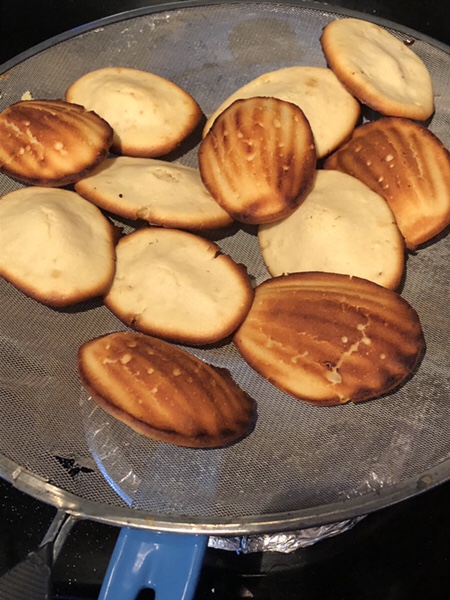
They are, frankly, pretty good!
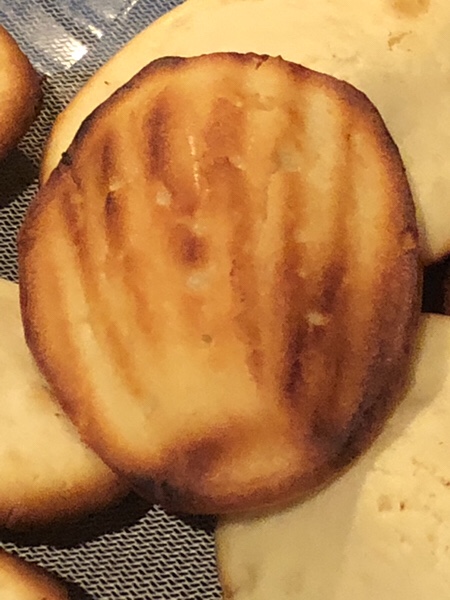
I am pushing myself these days to cook outside of my comfort zone. Hence, new things courageously.



































Looks good Father!
Dear Father,
Thank you for this lovely post!
I’ve been a little maudlin (and the etymology of that is so apt re St Mary Magdalene!) recently. The remembrance of things past which you evoke clearly is so important. I’ve just realised that instead of my getting cross about things, I need to reflect, a la recherche du temps perdu, that we continue to pluck little joys and memories from the wayside and offer them up.
Thank you
[Thanks for that. Better than the etymology of mawkish, which is what I feel more and more often as I get older.]
Cooking outside of the comfort zone is one of the arts practiced by men who make the effort to avoid being “bears with furniture”.
If I recall correctly, you have not mentioned any thermometers used in either your stovetop cooking or baking.
Last August when students were moving out of their apartments I found a big container of commercially made, individually wrapped Madeleine cookies. They were a little lemony, they were good. I don’t think I’d had them before. Jesus saved St Mary Magdalene from “the dumpster”.
Thanks for remembering it is her feast day, I don’t know if it is bad but I decided it’s a solemnity to me and used the proper offices for her day. But I got sad today reflecting that in public there is no liturgical remembrance of her day and therefore no liturgical day all this year of a women notable for repentance. What is the meaning of that? I do wonder and worry why the Church tends to have a lacuna in regards to women who are models of repentance. Can this be in keeping with the heart of Jesus?
I do pray for your mother sometimes. I think of her, and of my own dear mother, who has passed on to the next life, when I think of chocolate chip cookies. I have not been able to make good chocolate chip cookies for years, and I cannot find my mom’s recipe. Sniff.
Also, when I was blessed to go to the shrine of St. Gerard in Italy five years ago. I prayed for all of the priests I could think of and their mothers. I’m certain you were on that list.
May God reward your mother for raising a good son.
I think I know why your Madeliens browned too much. When you use dark colored baking pans you need to lower the heat by 20-25 degrees. It should say on the pan’s tags. The other thing is that the oven rack is too close to the heat. Try using the next level up.
I’ll pray for your mother, please pray for mine. God bless.
I am startled that you’re not an adept baker since baking is more rubrical than other forms of cooking where one can largely “play by sense of smell”.
I second FrAnt’s comment’s re. baking your madeleines. I also have a darker non-stick version of the pan, and have learned to adjust baking temp. when following recipes because many bakers (online, so of course inerrant. LOL) insist that the only way to make a “proper” Madeleine with the golden crust is to use a light colored plain aluminum pan with no non-stick properties, and butter it well and refrigerate it before filling with batter. So those recipes have baking temps and times appropriate for a light colored pan. All darker non-stick bakeware browns baked goods much more quickly, for better or worse.
The first time I made madeleines was at your inspiration, Fr. Z, after you wrote about St. Mary Magdalene’s feast day, and introduced me to the little cakes, a few years ago.
Happy feast day to Elizabeth D! (a day late, apologies. )
My sister-in-law gave me a Madeleine pan a few years ago, and I love making them! They’re so delicious–once they’re a little stale they are EXCELLENT dunked in tea or coffee!
Jennifer Patterson of Two Fat Ladies fame published a cookbook that tied many of its recipes to the liturgical calendar. It may be worth investigating.
Nice example, these baked goods, of the “analogical imagination” so dear to Catholicism.
So what was the recipe?
Kind of you Flos Carmeli.
By the way I did pray for Fr Z’s mother yesterday.
Chicago Metallic, the maker of the pan, has a recipe for lemon pistachio madeleines:
http://www.chicagometallicbakeware.com/recipes/types-of-recipes/recipe-cookie/lemon-pistachio-madeleines.html
Charles E Flynn says: recipe
Interesting. The oven temp is 100 less than the one I used.
Those look a little well done Father.
If ever in Alexandria VA, there is a French Shop named Madeleine’s on the corner of King and Pitt.
Only a couple blocks from St Mary’s – now a minor basilica.
Awesome madeleines and soups and such.
I have been thinking many different kinds of thoughts and crying an array of different kinds of tears. One of my thoughts today I will put here. This thought was sharpened to a sharper point by reading this article: http://www.theamericanconservative.com/dreher/cardinal-mccarrick-network-catholicism-lavender-mafia/ My thought is that although the relative absence of concrete examples of women who repented of sins and are regarded authoritatively by the Church as having truly been made holy by Christ fails women by neglecting to offer attractive and sound and legitimately varied models of holy penitence and the strong assurance that such women are loved by Christ and can actually get to heaven, it is probably comfortable to sexually corrupt bishops. McCarrick is too proud to publicly repudiate all his evils and weep and really do penance. It might be fine with him to have consecrated virgins to give him snowy-white cover. But women weeping over their sins at Jesus’ feet, proclaiming that deadly sin really is deadly sin and that they offended Jesus and are sorry, and proclaiming that Jesus’ cross and resurrection actually means they can and do stop sinning and be made virtuous and holy, that witness that one can become post-corrupt might actually be more prophetic than corrupt bishops would want. It is too much love of Jesus and belief in Him, for some people to stomach.
The pans should have been in the center rack position, they were too close to the bottom of the oven.
Coffee or tea? Madelines soaked in RED WINE are awesome. The other day I soaked stale Madeleines in Cabernet Sauvignon, topped with whipped cream [in seconds, easy with the must-have hand-held Bamix] and raspberries dribbled with raw unfiltered honey.
Costco sells an acceptable Madeline in a clear plastic box, they are more vanilla-ey which I like too. Sometimes I heat them up in the toaster oven for a few minutes giving a just-baked smell, the outside a slight crunch.
Good to see that you cooked something so yummy Father. I bet they are all gone now!
Proust first had madelaines at the small town of Illiers, near Chartres, and he fictionalised his memories of his summer stay there one year in the first book of his Recherche.
Now, the local story is that madelaines were invented in Illiers, and made in the shape of the Saint James shell because Illiers is on the Way of Saint James south of Chartres leading towards Spain (I passed by that town myself on my 1994 foot pilgrimage from Paris).
A rival origin story is found at Saint-Yrieix-la-Perche, on the Way of Saint James out of Vézelay.
The origin of the name is mysterious, though the origin of the shape as being in honour of Saint James and his pilgrim Ways is a persistent one …
Another possible origin place for the delicacy is at Commercy, they’re the most famous ones anyway, which is on the Saint James Way from Germany.
Please share your recipe, Father.
I make madeleines in huge quantities for Christmas presents. If you go “in search of lost time” again with these pans, here are my suggestions:
You clearly have a very good recipe. The proof of that is the nice, high hump you attained via the chill and bake technique.
I do not think you over-filled the molds with the batter. You got it just right.
I have the very same molds. Since they have nonstick ceramic to begin with, I brush some of the melting butter on the molds before it browns and pop the pans in the freezer. You get a good even coating that way. I think the color you got on the madeleines may be more to do with the amount of butter you greased with rather than a too-hot oven. I would consider that a happy accident rather than a mistake, personally; I like the exterior to be slightly crispy. Proust ruined his madelienes by dunking in his tea! It’s the texture of crisp edges and light, spongy genoise that makes them so special.
Some flavors that work very well in place of lemon are hazelnut, lavender, and orange. And they may be tea cakes but they’re a great accompaniment to dry and to sweet sherry or madiera.
Many recipes suggest dipping into chocolate as the crowning touch. Royal icing works just as nicely and you can do that with a more delicate flavor like a hint of mint or black tea or brandy.
Making madelienes takes patience and skill. Not a first time project with kids. Yours turned out really well, doubly so for a first effort—you must be pretty formidable in the kitchen!
You know the main church (second just to Notre Dame) in the heart of Paris is “La Madeliene”?
PostCatholic says: Yours turned out really well
Thanks! Your comments were helpful. I did, indeed, use a lot of butter, so your observation is apt.
Taken with a suggestion above perhaps to raise the rack, rather than adjust the temperature, and back off a touch on the butter might do the trick. These modern non-stick pans probably do not need the amount of butter I used.
As for the other flavors, thanks. I could perhaps divide the batter. To my taste, also, these need a bit more lemon than I gave them.
And I do know La Madeleine in Paris, a great neo-classical barn of a place, with a spiffing pipe organ!